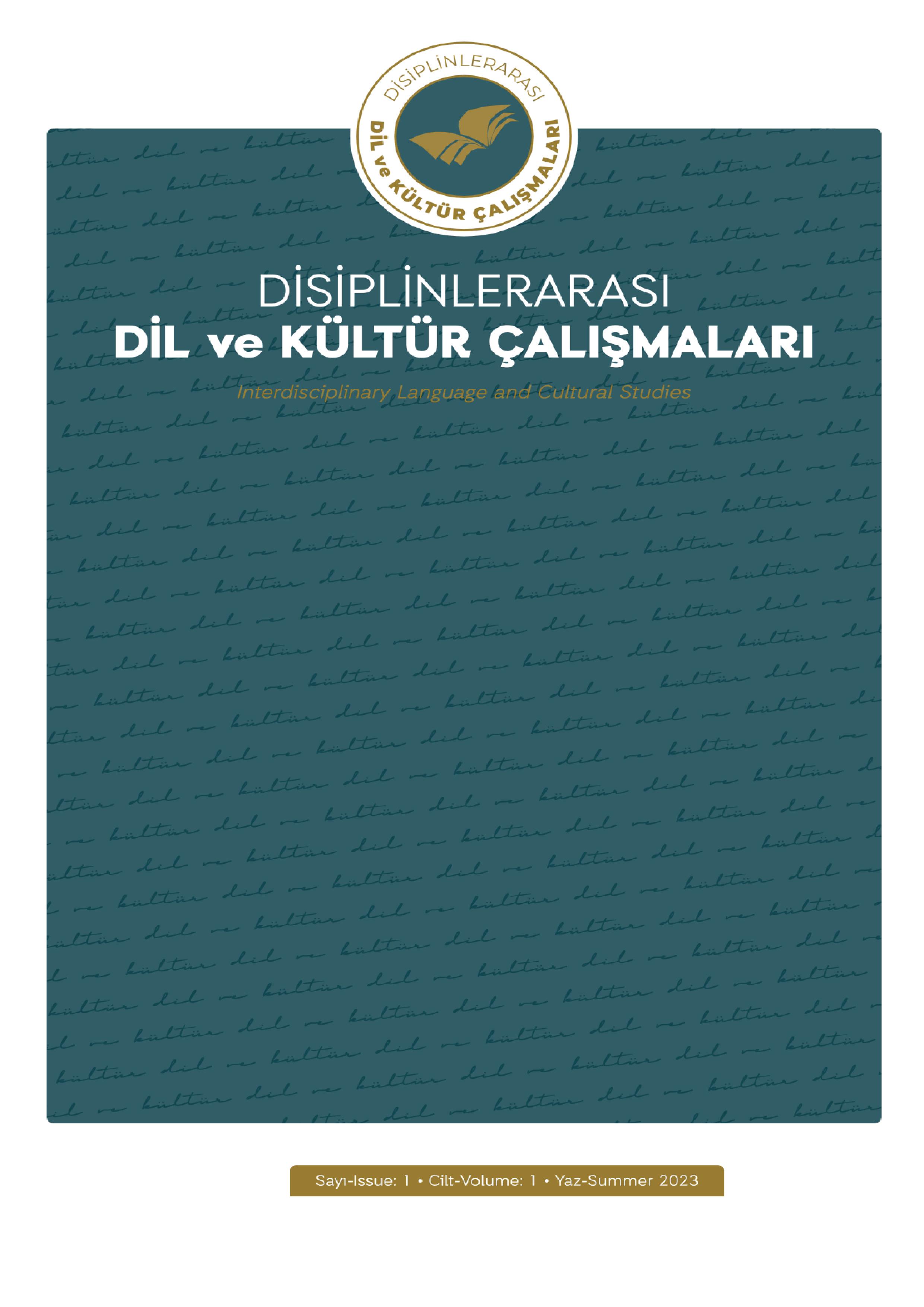Cultural Elements in Storybooks for Teaching Turkish as a Foreign Language: “Turkish Stories for Foreign Students” Series B2 Level Example
Keywords:
Language-culture relationship, Foreign/second language teaching, Cultural elements, Cultural interactionAbstract
Culture is a set of values that reflect the way of life, thinking and belief of a nation. Learning a foreign/second language is not just about having vocabulary and structure proficiency in the target language; it also requires recognizing and learning the target culture. The approach that foreign/second language learners will develop towards the target culture is closely related to the language learning process. Recognizing the thoughts, behaviours, beliefs and traditions in the new culture that the individual encounters correctly and associating them with his own culture will have a positive effect on the language learning process. In materials developed for foreign/second language teaching, it is important to present the target culture to the learner in a way that is open to interaction rather than transfer. In this study, the importance and necessity of the use of cultural elements in the materials used in teaching Turkish as a foreign language were questioned; in this direction, the cultural elements in the B2 level "Turkish Stories for Foreign Students" story set prepared by the Ministry of National Education within the scope of the Project for the Integration of Syrian Children into the Turkish Education System (PİKTES) were examined. As a result of the study, the cultural elements that are frequently and rarely mentioned in the story set have been determined, and it has been reached the idea that the auxiliary materials in which the cultural elements are diversified according to the profile of the target audience are necessary in the field.
References
Aksan, D. (1995). Her yönüyle dil. Ana çizgileriyle dilbilim. Ankara: Türk Dil Kurumu Yayınları
Aydın, G. (2020). Yabancı/ikinci dil öğretiminde kültür ve kültürel etkileşim. Gülnur Aydın (Ed). Kültür Öğretiminin Temel Kavramları (1-47). Ankara: Pegem Akademi
Bölükbaş, F. ve Keskin, F. (2010). Yabancı dil olarak Türkçe öğretiminde metinlerin kültür aktarımındaki işlevi. Turkish Studies (Elektronik), 5(4), 221- 235.
Council of Europe (2001). Common European Framework of Reference for Languages (CEFR): Learning, Teaching, Assessment, Modern Language Division, Strasbourg.
Ekiz, D. (2009). Bilimsel Araştırma Yöntemleri. Ankara: Anı Yayıncılık.
Fişekçioğlu, A. (2019). Yabancı dil olarak Türkçe öğretiminde diller için Avrupa ortak öneriler çerçevesi ölçütlerine göre Türk kültürü tanımlayıcılarının oluşturulması: b1 dil düzeyi model önerisi. Motif Akademi Halkbilimi Dergisi, Cilt: 12, Sayı: 27, 871-893.
Göçen, G. ve Yazıcı, H. (2021). Yabancılar için Türkçe ders kitaplarındaki kültürel unsurların incelenmesi: Van Yüzüncü Yıl Üniversitesi yabancılar için Türkçe öğretim seti örneği. RumeliDE Dil ve Edebiyat Araştırmaları Dergisi, 7. Uluslararası Yabancı Dil Olarak Türkçenin Öğretimi Kongresi Özel Sayısı, 365-395.
Downloads
Published
How to Cite
Issue
Section
License
Copyright (c) 2023 Interdisciplinary Language and Culture Studies

This work is licensed under a Creative Commons Attribution 4.0 International License.



